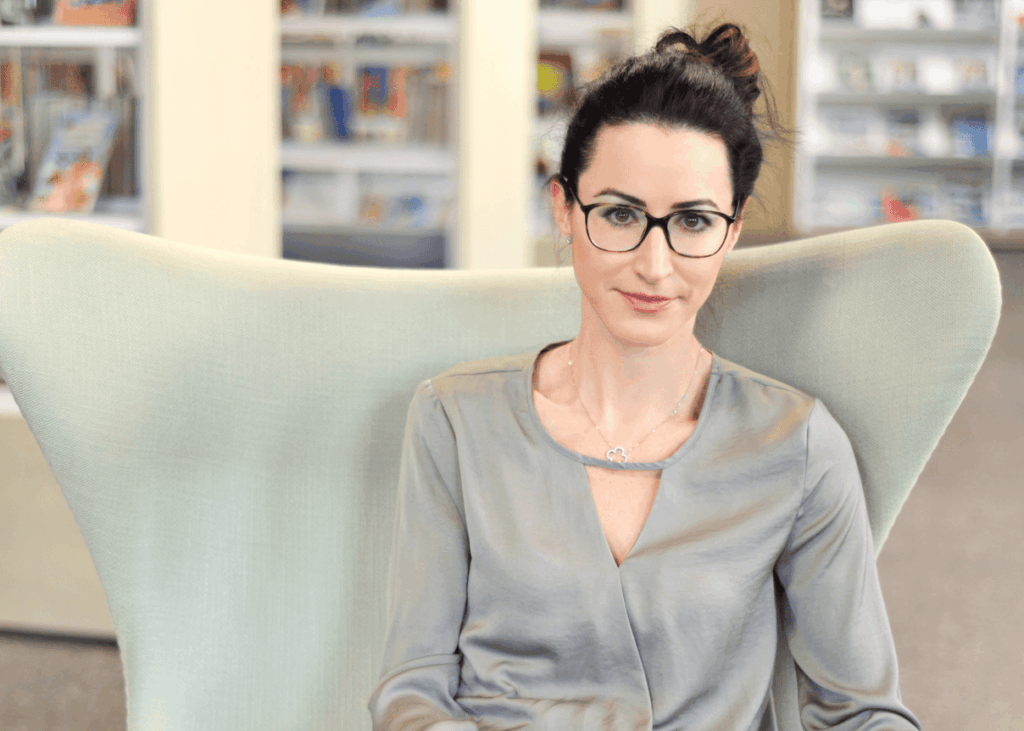
Burnout and psychological disorders among doctors are on the rise at an alarming rate. Stress is a constant companion in medical practice. But what are the main causes of this overload in medical offices? Is stress always negative? How can doctors create a more serene professional environment?
Psychologist and resilience coach Nadja Gajić, lic. phil., answers these questions and more in an interview that forms the basis of this article.
The Many Faces of Stress: Stressors in Medical Practice
Stressors can be classified into different categories, but in a clinical setting, task-related and work-related stressors are particularly common.
Task-related stressors: time pressure, workload, task complexity, constant interruptions, incomplete information (in larger teams/institutions)
Work-related stressors: shift work, long hours, overtime
Role-related stressors: role uncertainty, role conflicts, role overload
Social stressors: conflicts, bullying, sexual harassment, dealing with difficult patients
Physical stressors: noise, non-ergonomic work environment
Gajić points out that these stressful situations can potentially extend to areas outside of work. For instance, constant overtime can negatively affect family life, which increases pressure, fuels conflicts, and generates additional stress.
Is Stress Better Than Its Reputation?
In everyday life, when we talk about stress, we often refer to it as a negative state. However, Gajić explains that stress is highly individual:
“Stress is an imbalance between internal and external demands and our personal coping abilities. Different people may experience the same pressures very differently, depending on how they evaluate their situation.”
This subjective perception explains why stress can have both positive and negative effects. Stress generally has negative effects when it’s linked to internal demands such as excessive ambition, perfectionism, and an exaggerated sense of responsibility. In these cases, stress leads to tension and ultimately to poorer outcomes because cognitive thinking is often the first thing affected by stress.
Nonetheless, a certain level of stress is essential in life; this is known as moderate activation energy. In this mode, we’re able to perform at our best. Gajić explains:
“We are satisfied when a day is filled with stimulating work, when we have successfully invested our energy in a project. That’s the positive side of stress. While negative stress leads to tension (and, consequently, to fight or flight reactions), positive stress generates motivation and energy.”
Do Independent Practitioners Face Greater Pressure?
As a medical practice owner, one has more freedom, but also more responsibility and financial pressure than an employee or a team member in a group practice. According to Gajić, being self-employed does not necessarily lead to a heightened perception of stress, as everything depends on an individual’s personality. Stress is a highly personal experience, and past work experiences play a decisive role. If someone has worked as a resident in a competitive team environment where bullying was present, becoming self-employed might offer a sense of freedom and personal space, which can be viewed positively. However, a doctor who has spent years working in a supportive team with shared responsibilities may feel more pressure and stress when practicing independently.
Flexibility in Stress Management Is a Skill to Learn
Doctors and caregivers have limited control over certain external demands, such as high workloads, time pressure, and substantial responsibilities. However, this doesn’t mean they are powerless in the face of stress. The more flexible we are in our response to stress, the more room for maneuver we ultimately have. The expert explains:
“The more coping strategies a person masters, the more flexibly they can respond to stress.”
Mindfulness can be incorporated into daily routines without much effort, by purposefully directing our attention. You might ask yourself questions like: What am I grateful for today? What went particularly well for me today? Another way to approach the day more calmly is to take real, scheduled breaks.
These mindful moments already make a difference. Those who want to build resilience over the long term must practice — and do so for life. According to Gajić, resilience and effective stress management are not tied to age. Neuroplasticity can be stimulated by relevant learning experiences well into old age. Only those who approach their daily challenges with openness and acceptance can develop personally and become more flexible in their stress management.